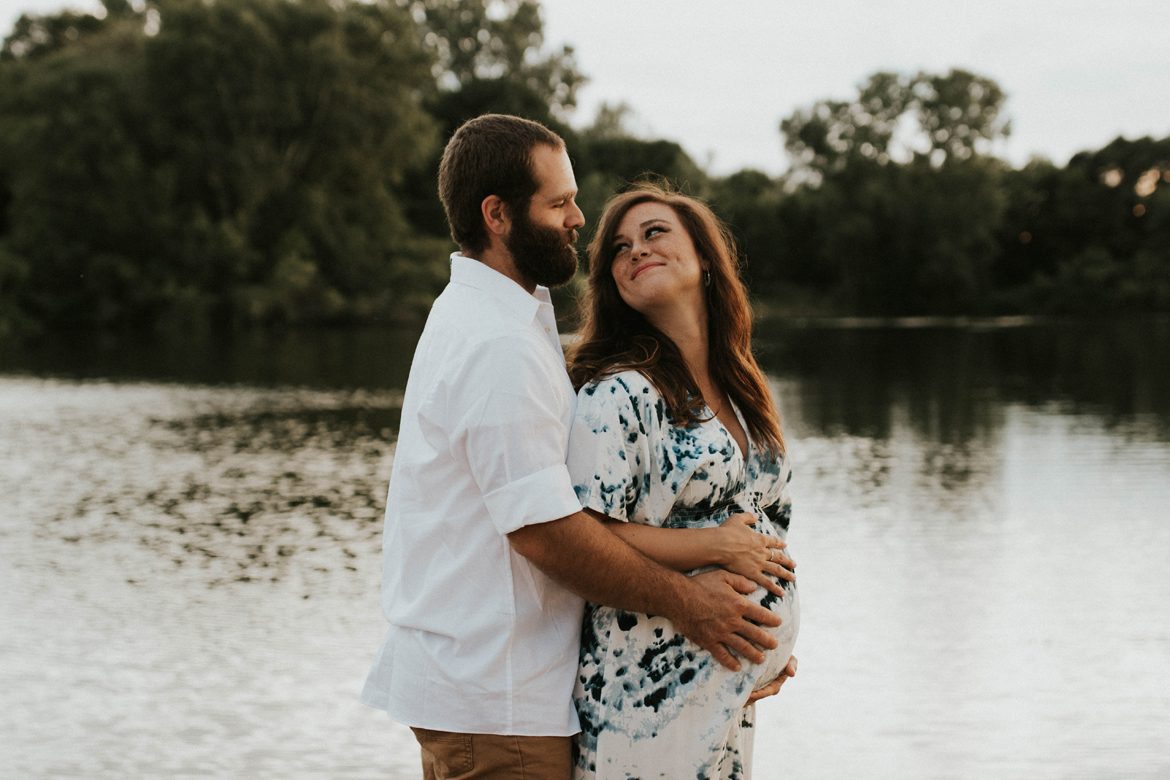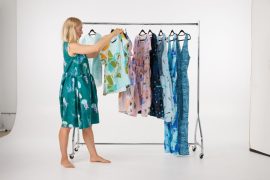By Leigh East
We’re told it is a “lifesaving procedure”, we’re also told “it’s major stomach surgery”. Unfortunately, we are rarely told much else and we have to rely on TV dramas and friends’ birth stories for the rest. This gap in our knowledge naturally leaves us feeling uncertain and sometimes even afraid.
Those caring for us at this time often gloss over the possibility of a caesarean birth so as not to frighten us. When I was preparing for my first birth, I sat in an antenatal class for five sessions before the word “caesarean” was even mentioned. When it finally was, one unlucky lady was sat on a chair in the middle of the room and the rest of us (11 men and women) were told to crowd around her seat. This, we were told, was the way we would experience a caesarean birth. A few minutes were then dedicated to the perils of anaesthesia and how it could cause problems with feeding and bonding and that was it, “class dismissed”.
I sometimes wonder if this is done in the hope we will fight tooth and nail to avoid a caesarean because traditionally midwives and antenatal educators have been schooled to teach “natural is best”. And maybe it is for those of us that manage it, but the reality is, many of us won’t have a totally natural birth – some level of intervention (not necessarily a caesarean) will be involved. I have left appointments feeling as if I am cheating, as if I haven’t fought hard enough, as if I have let myself and my baby down.
In reality a caesarean is an extraordinary addition to the tools available to those who help us with our births and it should be respected for the advantages if can bring to those who need it.
After all, a third of our babies arrive this way and if only we knew how to plan for and cope with such a birth, we would know that there are actually a lot of opportunities to personalise it – things that sound really similar to the sort of things we write in our vaginal birth plans.
For example:
- Did you know if you put your hospital gown on backwards (so it opens at the front) you can try to breastfeed in theatre?
- You can hold your baby skin-to-skin in surgery. I did, it was wonderful.
- You can have the lights dimmed on delivery.
- You can have your choice of music playing or indeed absolute silence if you prefer – because lots of people in the room doesn’t equal lots of noise. My surgeon gave me a running commentary for the first five minutes because I wanted him to. After that everyone proceeded in silence as my husband and I welcomed our new baby.
While of course some caesareans do happen in an unplanned rush as our situation changes during labour, but many are planned ahead of time for medical reasons and so actually it can be perfectly possible to achieve many of these things.












Much of what you say could happen during cesarean isn’t necessarily true in many hospitals. Babies aren’t put on mom skin-to-skin and they aren’t baby first cesareans. The rate of unnecessary surgical births in the USA is disgusting. That’s why we fear cesareans…not to mention the maternal fetal mortality rate is higher than most countries globally.
Thanks for your comment Sarah. Here in New Zealand, where we are based, things are a bit different. We do hear about how over-medicalised birth has become in the USA, and you’re right – that’s why there is good reason to fear cesarean there. Best wishes.